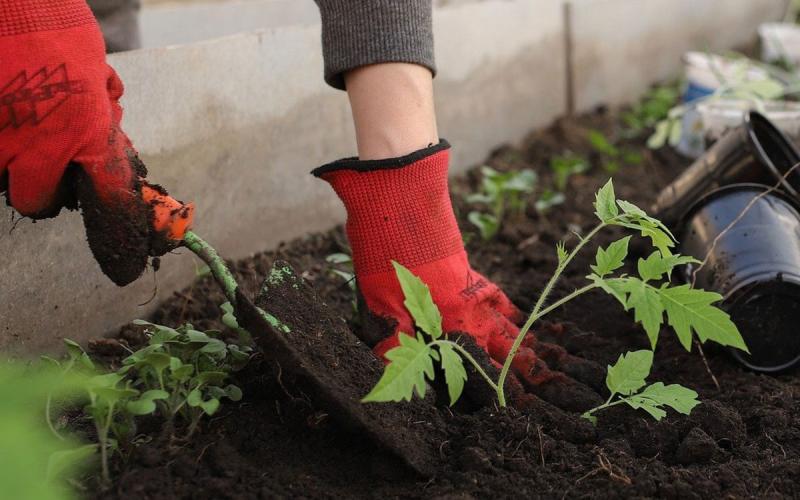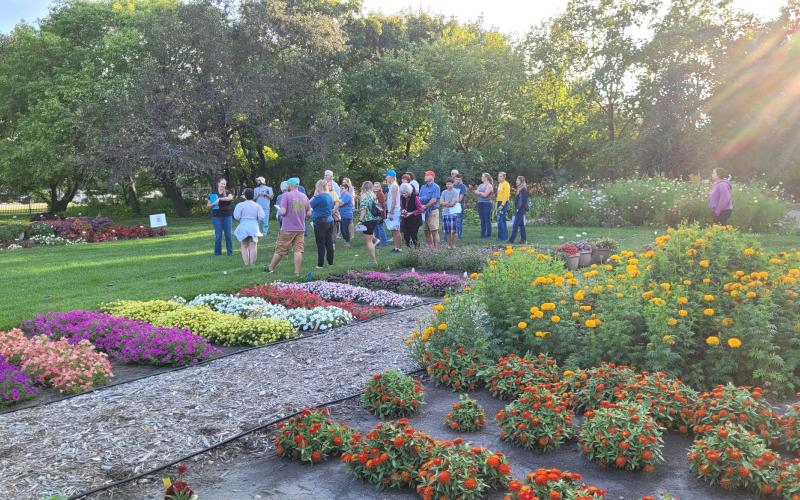Written by Emily Guggisberg, SDSU Horticulture Student and Undergraduate Research Assistant and Intern, under the direction and review of Amanda Bachmann, Connor Ruen, and Kristine Lang.
Introduction
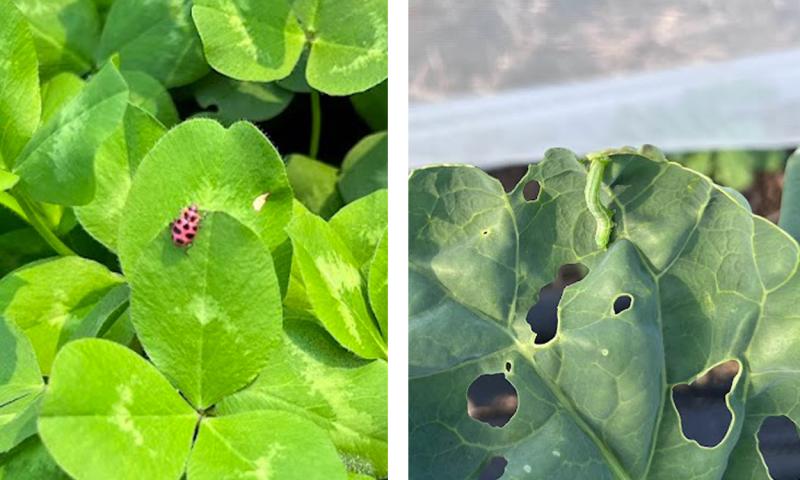
Brassica crops, belonging to the Brassicaceae family, are a group of plants widely cultivated for their nutritional value and versatility in agriculture. This group includes familiar vegetables, like cabbage, broccoli, cauliflower, kale, and kohlrabi, as well as oilseeds, like canola and mustard. Known for their hardy nature, brassicas thrive in cooler climates and are a staple in temperate regions worldwide. These crops are valued, not only for their rich content of vitamins, minerals, and antioxidants, but also for their role in sustainable agriculture, as they can improve soil health and serve as cover crops to suppress weeds and prevent erosion. However, their widespread cultivation also attracts a variety of insects, both “friends” and “foes” of these crops, making pest management an essential aspect of growing brassica crops. Understanding the relationship between brassicas and insects is crucial for maintaining healthy crops and ensuring productive harvests.
Friends (Beneficial Organisms)
Brassica crops can benefit from certain “friends” in the garden that enhance their growth and protect them from pests. Common insect friends include lady beetles, parasitic wasps, and paper wasps.
Lady Beetles
(Coleoptera, Coccinellidae)
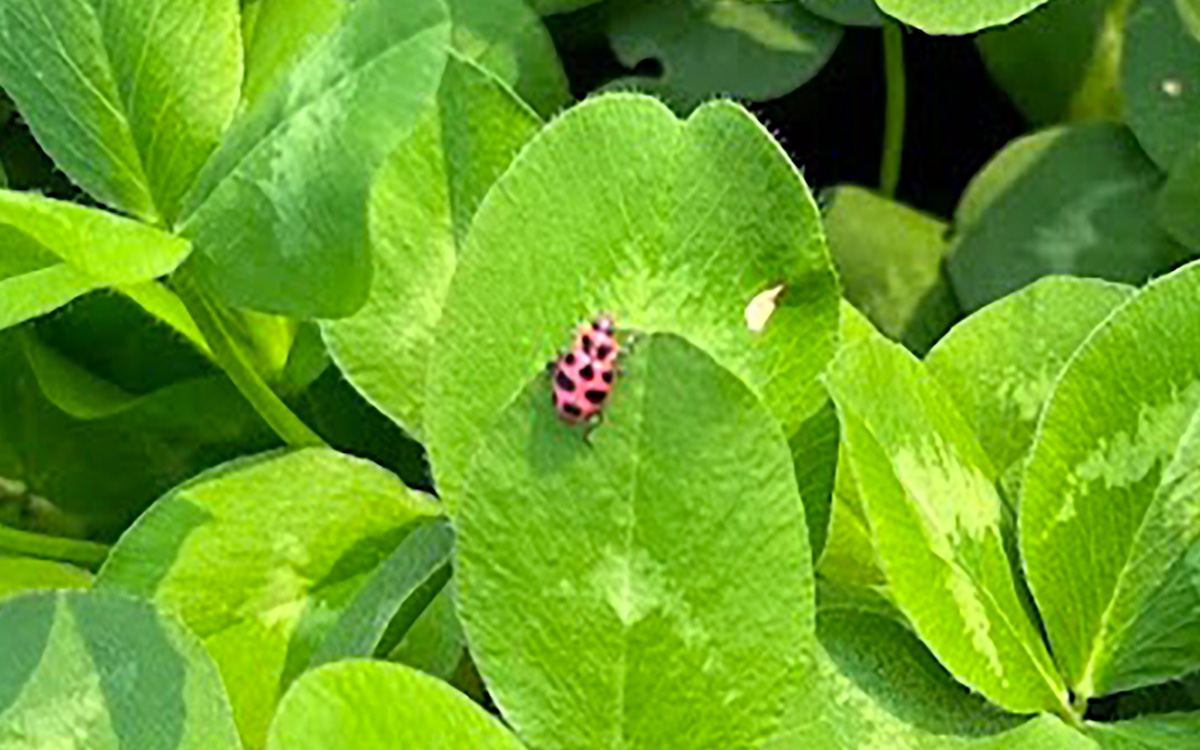
- Multiple species in South Dakota.
- Adults are usually red or orange with black markings.
- Seen as small, round-to-oval, and dome shaped.
Parasitoid Wasp
(Hymenoptera, Trichogramma spp.)
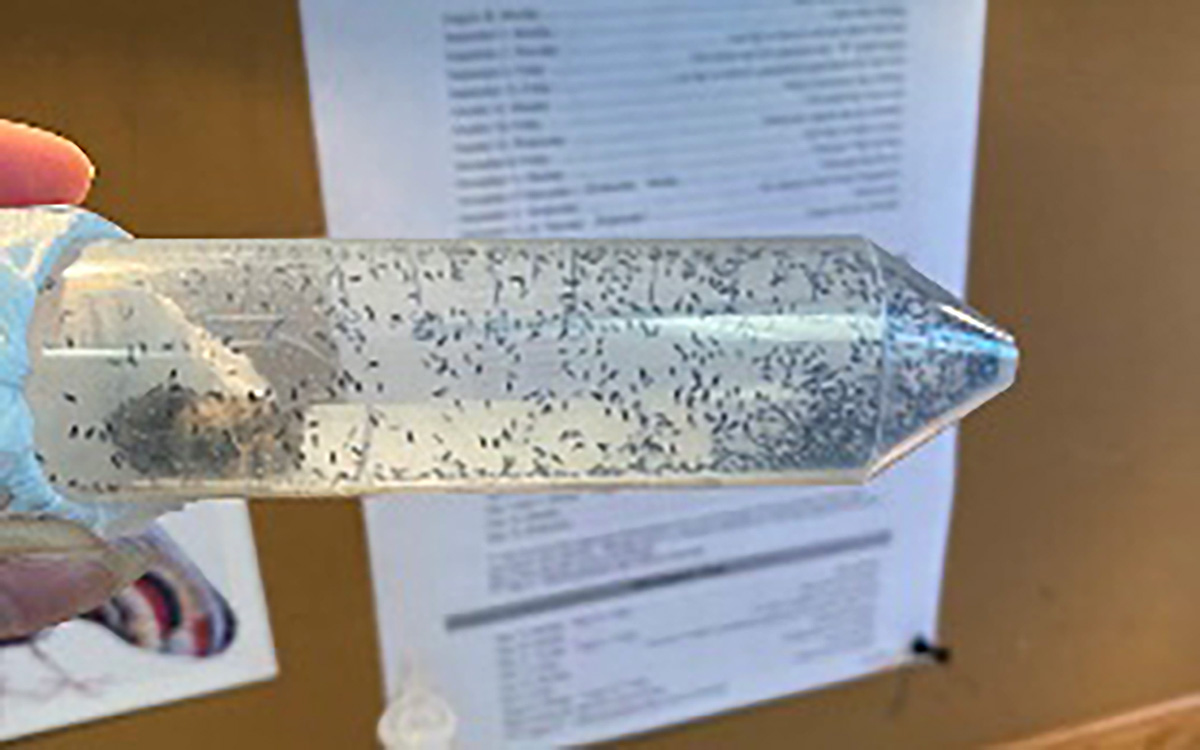
- Adults are tiny, flying insects that lay eggs in insects to parasitize them.
- The eggs hatch and the larvae feeds on the parasitized insect.
- The larvae feed to become pupae, which then turn into adults and fly away, leaving the parasitized insect dead.
Paper Wasp
(Hymenoptera, Polistes spp.)
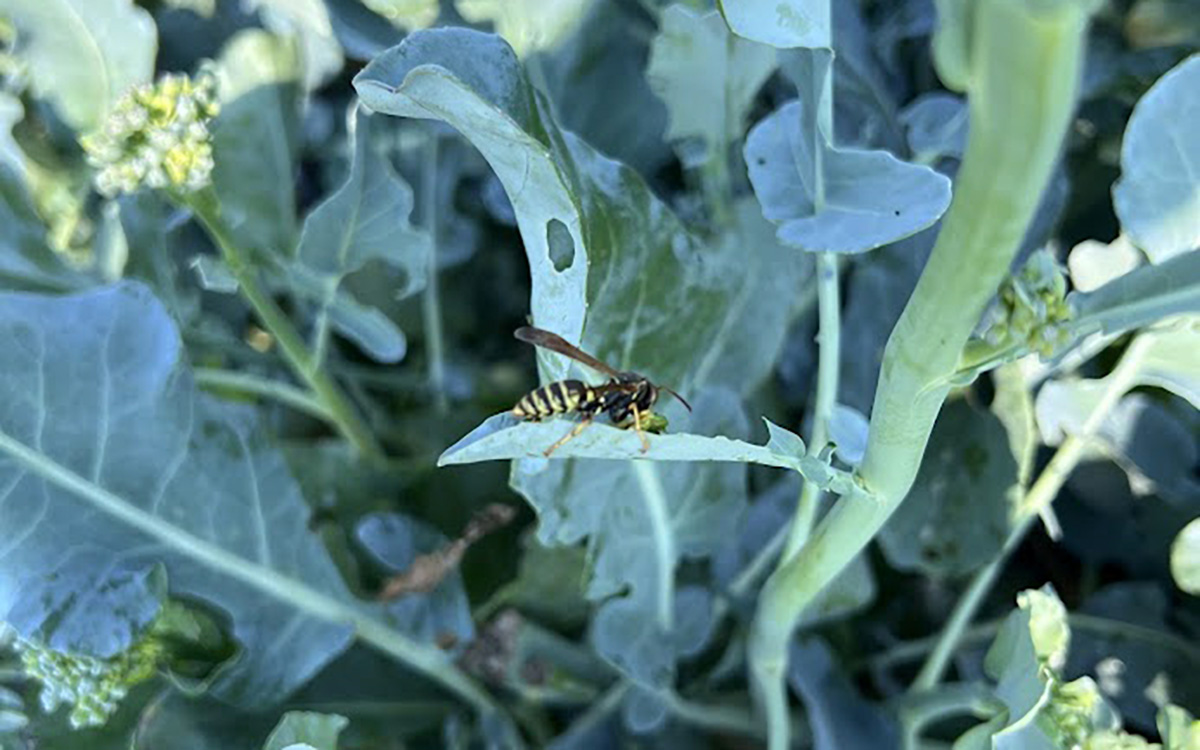
- Adults are 5/8 to 3/4 inches in length, usually brownish with yellow markings.
- Do not readily attack humans, but will hunt many insect pests to feed their young.
Foes (Harmful Organisms)
Brassica crops are often targeted by a range of “foes” that can significantly decrease their yield and quality by creating irregular holes. Severe infestations can even defoliate plants entirely, leading to reduced photosynthesis, stunted growth, and lower yields. Common insect foes include cabbage loopers, diamondback moths, and grasshoppers.
Cabbage Looper
(Lepidoptera, Trichoplusia ni)
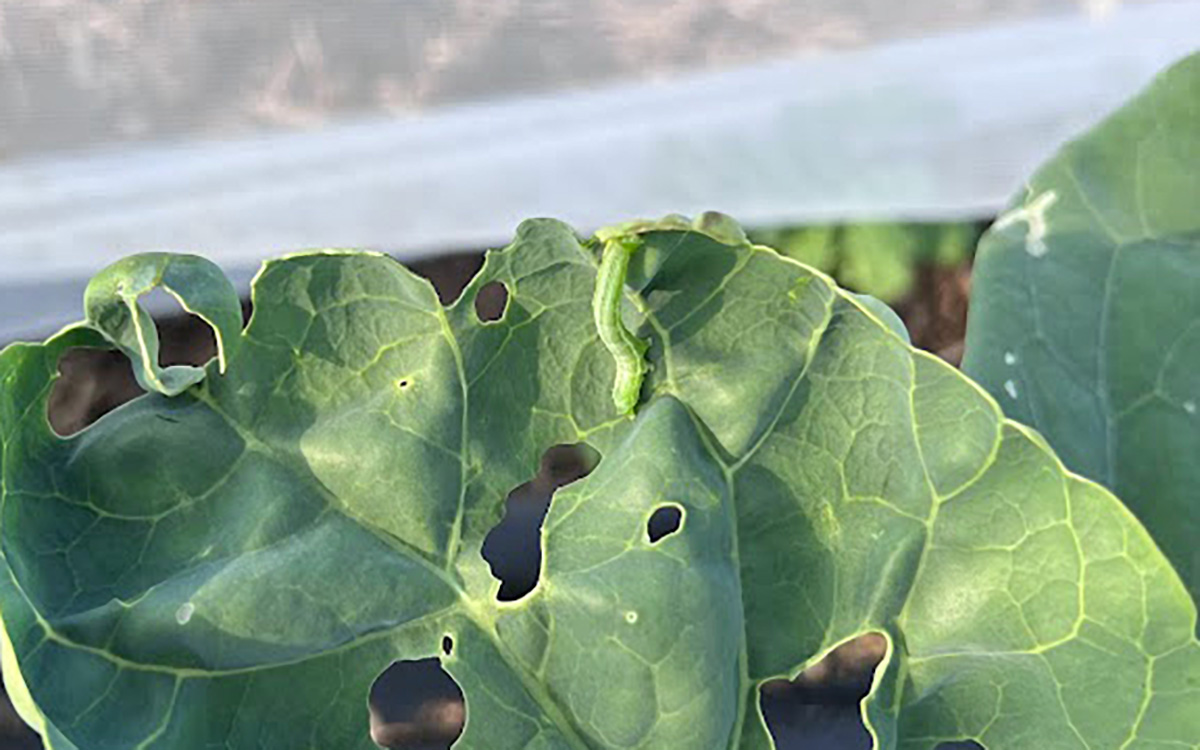
- Female moths lay 200 to 350 eggs over a 10-to-12-day period.
- Larvae have a pale green body with narrow, white stripes along each side.
- Larvae feed on leaves, causing ragged-edge holes in and on leaf.
Diamondback Moth
(Lepidoptera, Plutella xylostella)

- Eggs are laid singly or in small clusters.
- Larvae go through four instars and have small, light green, and segmented bodies.
- Feeding causes small, round holes that don’t break through the top layer of leaf tissue, leaving translucent films across holes.
Grasshopper
(Orthoptera, Melanoplus spp.)
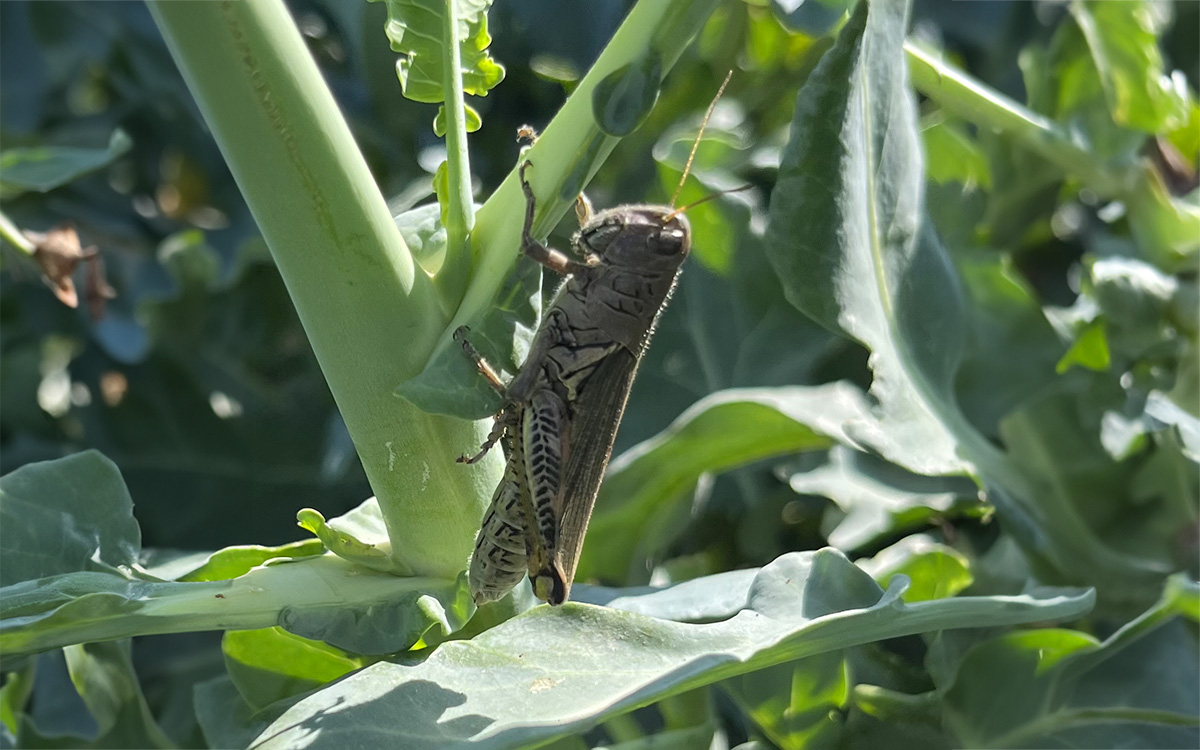
- Eggs are laid in a group, which then hatch into nymphs, and eventually turn into adults.
- Adults have chewing mouthparts and can fly long distances.
- Causes large-scale damage by tearing away plant tissue.
Management
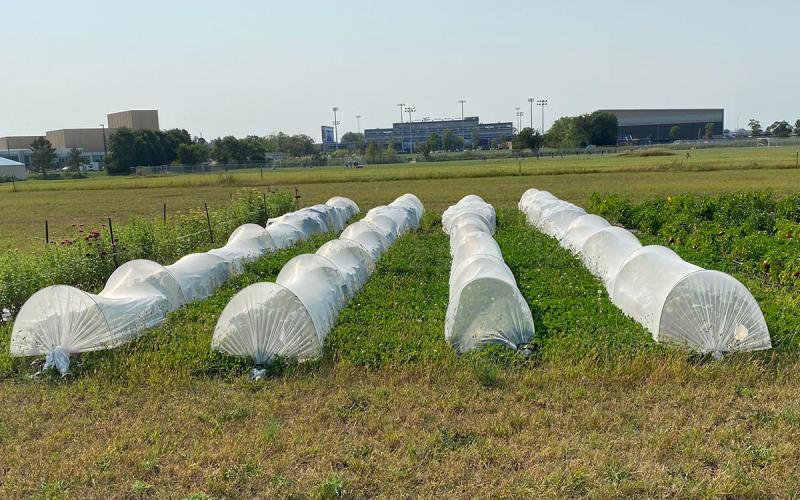
Managing pests on brassicas, like cabbage looper, diamondback moth, and grasshoppers, requires a combination of cultural, biological, and chemical methods. Cultural practices, such as crop rotation, using floating row covers, and removing crop residues, help prevent infestations. Biological control options include introducing natural predators, which happen to be some of the “friends” in the garden, like parasitic wasps. When chemical control is necessary, insecticides can be used, but it is important to rotate them to avoid resistance. An integrated pest management (also known as IPM) approach that combines these strategies, along with regular monitoring and applying controls only when needed, ensures effective and sustainable pest control.
Summary
Brassica crops are economically significant, providing food, income, and employment in various regions worldwide. The high demand for these vegetables in both fresh and processed forms drives their cultivation. However, crop losses due to pests and diseases can lead to significant economic losses for farmers. Educating the public about these pests is important for decreasing pesticide use, improving crop yields, and encouraging community involvement.
References and Resources
- Benson, Eric P. and Zungoli, Patricia A. Paper Wasps. Cooperative Extension: College of Agriculture, Forestry, and Life Sciences. 2002.
- Diamondback Moth. UMass Extension Vegetable Program. 2022.
- Evens, Edward and Hodgson, Erin. Grasshoppers. Utah State University. 2008.
- Opfer, Pamela and McGrath, Dan. Cabbage Looper and Alfalfa Looper. Oregon State University. 2011.
- Schuh, Marissa. Parasitoid Wasps. University of Minnesota Extension. 2022.
- Shelton, Anthony. Biological Control: A Guide to Natural Enemies in North America. Cornell University: College of Agriculture and Life Sciences.
